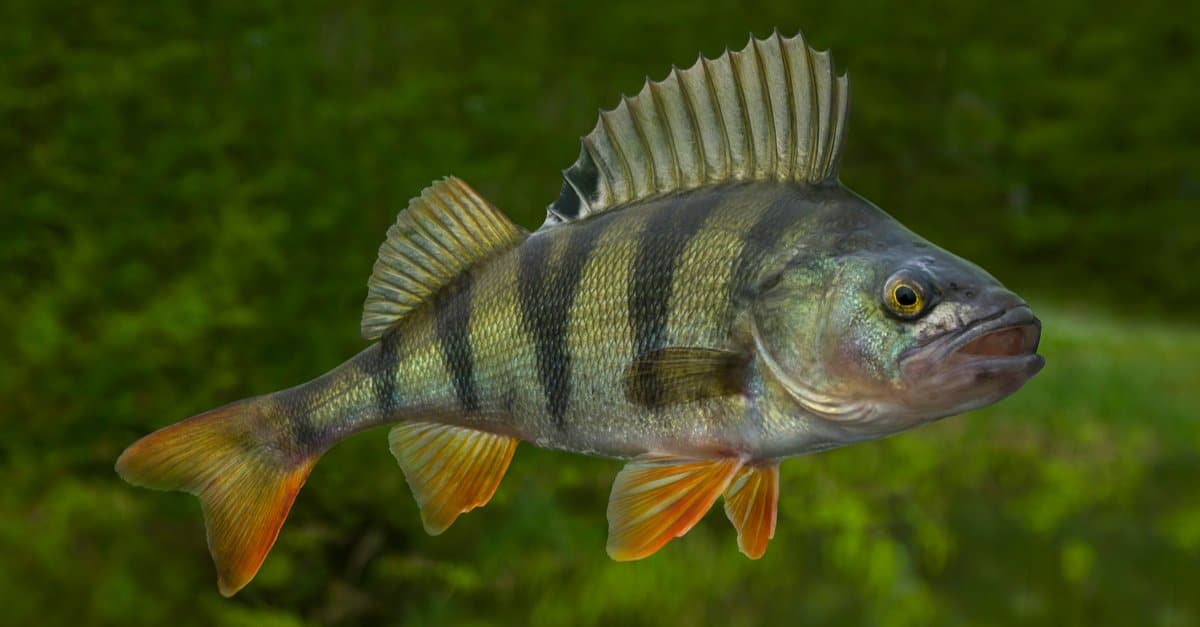Definition and Etymology
Perch definition – The term “perch” possesses a multifaceted significance, serving both as a noun and a verb. As a noun, it primarily refers to a type of freshwater fish belonging to the family Percidae, renowned for its spiny dorsal fins and vividly hued scales.
The perch, a fish often found in freshwater habitats, holds a distinct definition. However, when exploring its etymology, we discover an intriguing connection to the term “sole.” Sole meaning relates to the concept of being singular or unique. Similarly, the perch, with its specific characteristics and behaviors, stands out as a distinct species within its aquatic realm.
The etymological roots of “perch” can be traced back to the Middle English word “perche,” which itself originated from the Old French term “perche.” Linguistic scholars speculate that the ultimate source of the word may lie in the Proto-Indo-European root “*perk,” which carries the connotation of “height” or “elevation.”
The perch, a fish that resides in the tranquil depths of the ocean, often hovers gracefully in the water, a sight that bears striking resemblance to the floater basketball meaning. Just as the perch’s effortless suspension in the water creates a sense of wonder, so too does the floater in basketball, where a player seems to defy gravity, floating through the air with the ball seemingly glued to their fingertips.
In contemporary usage, “perch” finds application in diverse contexts. For instance, it can denote a wooden or metal rod employed for supporting objects or securing them in place. Additionally, the term is utilized to describe a raised platform or vantage point, often used for observation or recreation.
In the realm of ichthyology, the perch is a spiny-finned fish known for its sharp dorsal fins. However, in the dynamic world of basketball, the term “perch” takes on a new meaning. Perch in basketball refers to a strategic positioning on the court, where a player maintains a stationary position near the basket, ready to receive passes and score.
Just as the perch fish relies on its sharp fins for defense, so too does the basketball player use their skills and positioning to outmaneuver opponents and secure points.
As a Verb
When employed as a verb, “perch” signifies the act of settling or alighting upon a particular location, typically an elevated or prominent one. It often implies a temporary or brief stay, as in the case of a bird perching on a branch or a person perching on a rock.
Types of Perch

Perch is a broad term encompassing various fish species within the Percidae family. These fish exhibit diverse physical attributes, inhabit a range of aquatic environments, and display unique behavioral traits.
Perch species can be broadly classified into two groups: freshwater perch and marine perch. Freshwater perch thrive in lakes, rivers, and streams, while marine perch inhabit coastal and oceanic waters.
Freshwater Perch
Freshwater perch species are widely distributed across the Northern Hemisphere. They typically possess elongated bodies with spiny dorsal fins and two separate anal fins. Their coloration varies depending on the species and habitat, often featuring shades of green, yellow, or brown with dark vertical bars or spots.
- Yellow Perch: Found in North America, yellow perch are characterized by their golden-yellow body and black vertical bars. They inhabit lakes, ponds, and slow-moving rivers.
- Walleye: Walleye are a highly sought-after game fish due to their large size and delicious flesh. They have a distinctive olive-green body with a white belly and yellow or gold eyes.
- Sauger: Sauger closely resemble walleye but have a more slender body and a darker coloration. They prefer deep, slow-moving rivers and lakes.
Marine Perch, Perch definition
Marine perch species inhabit coastal and oceanic waters around the world. They exhibit a wider range of body shapes and sizes compared to freshwater perch. Some marine perch species have elongated bodies, while others have flattened or rounded bodies.
- Striped Bass: Striped bass are a popular game fish found along the Atlantic coast of North America. They have a silvery body with dark horizontal stripes and a deeply forked tail.
- Sea Bass: Sea bass is a collective term for various marine perch species. They typically have a robust body with a large head and prominent eyes.
- Grouper: Groupers are large, bottom-dwelling marine perch. They have a massive head with a wide mouth and thick lips.
Perch in Literature and Culture: Perch Definition

Perch has a rich history in literature, art, and folklore, appearing in numerous works across cultures. In art, perch has been immortalized in paintings and sculptures, while in literature, it has played significant roles in stories and poems.
Literary Works
In literature, perch has been associated with themes of nature, tranquility, and reflection. In Shakespeare’s “The Tempest,” Ariel sings a song about perch, highlighting its beauty and grace: “Full fathom five thy father lies; Of his bones are coral made; Those are pearls that were his eyes; Nothing of him that doth fade, But doth suffer a sea-change Into something rich and strange.” In Ernest Hemingway’s “The Old Man and the Sea,” the protagonist Santiago catches a giant marlin, which is then devoured by sharks. Santiago’s struggle with the marlin is often interpreted as a metaphor for the challenges and triumphs of life, and the perch is seen as a symbol of both beauty and the fragility of nature.
Cultural Significance
In many cultures, perch is considered a symbol of good luck and prosperity. In China, perch is associated with the carp, which is a symbol of wealth and abundance. In Japan, perch is believed to bring good fortune and is often used in traditional dishes and ceremonies. In some Native American cultures, perch is seen as a messenger between the physical and spiritual worlds.
Art and Sculpture
In art, perch has been depicted in various forms, from realistic paintings to abstract sculptures. One famous example is “Still Life with Perch” by Vincent van Gogh, which captures the beauty and simplicity of the fish. Another notable work is “The Perch” by Edgar Degas, which depicts a young woman holding a perch in her hand. This painting is considered a masterpiece of Impressionism and is known for its delicate brushwork and soft colors.
In the tapestry of aquatic life, perches stand out as quintessential predators, their sleek forms adorned with vibrant hues. While they reign supreme in their freshwater habitats, their cousins, the skate fish , glide effortlessly through the ocean’s depths. Their flattened bodies, adorned with thorny spines, evoke a sense of both elegance and formidable power.
Yet, despite their distinct appearances, both perch and skate fish share a common thread: their unwavering pursuit of sustenance in the vast underwater realm.
Perch, a type of freshwater fish, dwells in the depths of rivers and lakes. Unlike pike basketball , a game played with a ball and a hoop, perch remains submerged, its dorsal fin slicing through the water. Despite their differences, both perch and pike basketball share a common element: the pursuit of victory, whether in the watery realm or on the court.
